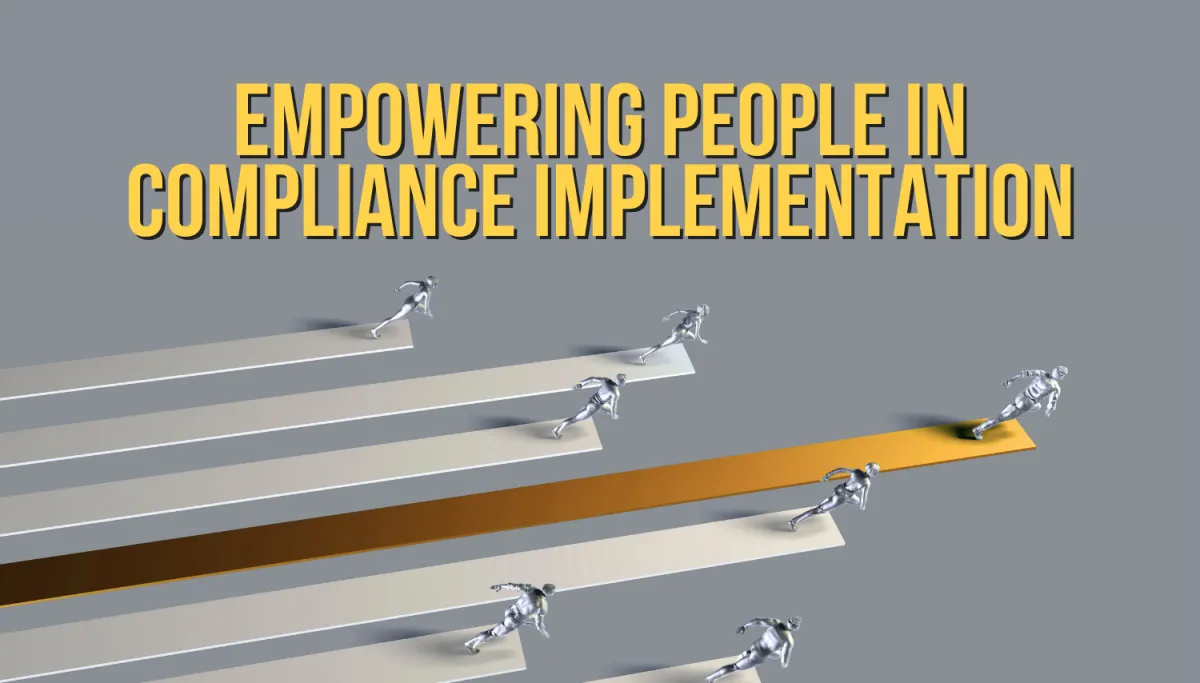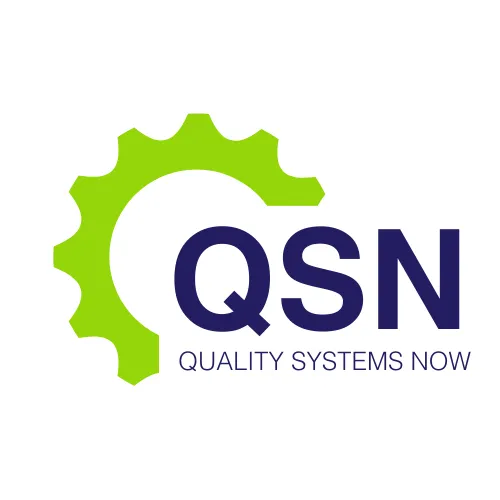LATEST NEWS

Empowering People in Compliance Implementation
Successful implementation of new systems and processes in regulated environments hinges not only on technical robustness and validation, but equally on the people responsible for executing and maintaining them. In the therapeutic goods industry, where compliance with Good Manufacturing Practice (GMP), the PIC/S Guide, and TGA requirements is critical, human factors play a decisive role. At Quality Systems Now, we often witness organisations investing heavily in systems but underestimating the importance of change management and training. This leads to resistance, errors, non-compliance, and even implementation failure.
To avoid these pitfalls, businesses must systematically determine their training needs and involve their teams throughout the implementation lifecycle. This article explores the scientific and regulatory basis for training programs, outlines a risk-based approach for training assessment, and provides practical strategies to ensure that your staff not only understand the systems being implemented—but take ownership of them.
Training as a Compliance Requirement
From a regulatory standpoint, training is not optional. Both the PIC/S Guide to GMP and the Therapeutic Goods Administration (TGA) require that personnel be appropriately trained for their roles. Specifically:
PIC/S PE009-17, Chapter 2.9 states: “All personnel should be aware of the principles of GMP that affect them and receive initial and continuing training…”.
TGA inspections frequently observe deficiencies where roles, responsibilities, and expectations are poorly communicated, leading to inconsistent outcomes.
These requirements apply not only to production or laboratory staff, but also to engineering, IT, QA, and even executive leadership during system implementations. Without a training program that is risk-based, role-specific, and ongoing, businesses compromise both compliance and productivity.
Training and Change Management Are Intertwined
Training is more than a regulatory checkbox; it is an essential element of change management. When implementing new systems—be it an electronic Quality Management System (eQMS), a Laboratory Information Management System (LIMS), or a new manufacturing line—processes, workflows, and responsibilities inevitably change.
Failure to acknowledge the human impact of these changes results in:
Employee resistance or disengagement
Ineffective system usage
Data entry errors and deviations
Delays in project delivery
Inability to pass audits due to inadequate competency
In contrast, organisations that involve their people from the beginning, communicate clearly, and deliver structured training see higher adoption rates and fewer compliance issues.
Step 1: Conduct a Training Needs Analysis (TNA)
A Training Needs Analysis (TNA) is the first scientific step in determining what training is required, for whom, and why. It should be carried out early in the implementation planning phase and revisited throughout the project.
Key elements of a robust TNA include:
Gap analysis of current skills versus skills required under the new system
Role mapping to identify affected positions across departments
Risk assessment to determine which roles impact product quality or data integrity
Regulatory relevance—identifying who must be trained to satisfy GMP obligations
For example, if implementing an eQMS with electronic batch records, operators, QA reviewers, and system administrators all need different types of training tailored to their responsibilities and level of system access.
Step 2: Define Training Objectives and Competency Requirements
Once training needs are identified, the next step is to define learning objectives that are measurable, practical, and linked to compliance outcomes.
Each training module should answer the following:
What must the learner be able to do after completing this training?
How will this knowledge or skill help meet GMP or internal quality requirements?
How will competence be evaluated and documented?
This links directly with data integrity principles. For instance, training objectives around ALCOA+ principles (Attributable, Legible, Contemporaneous, Original, Accurate, plus Complete, Consistent, Enduring, and Available) must be built into curricula for roles handling electronic records.
Step 3: Develop Role-Based Training Content
Training must be role-specific and delivered in a language and format suitable for the target audience. A common mistake is to deliver generic sessions that do not consider what a person actually needs to do.
Training content should be categorised as:
GMP training – for regulatory awareness and compliance
System training – navigation, workflow use, data entry
Process training – how SOPs change under the new system
Soft skills training – communication, collaboration, change adaptation
At Quality Systems Now, we often advise clients to blend e-learning, classroom, and hands-on training. Scenario-based exercises, system walkthroughs, and validation protocol rehearsals often yield higher retention and confidence.
Step 4: Involve Teams Early and Throughout Implementation
Too often, end users are brought into system projects only during user acceptance testing or go-live. This is too late. Staff should be involved from:
Requirements gathering
User specification drafting
Design qualification and testing
Training content development
Change impact analysis
Involving people early fosters a sense of ownership and allows for identification of training needs in real-time. It also helps uncover unforeseen process gaps and user pain points that would otherwise emerge during production.
Step 5: Document Training and Assess Competency
Training is only meaningful when it is documented and assessed. This is especially critical in regulated environments. Your training program should include:
Training records linked to job descriptions and role matrices
Training plans for new starters, role changes, and periodic refreshers
Assessments such as quizzes, practical evaluations, or observed tasks
Training effectiveness reviews built into Quality Metrics and Management Review
The TGA expects traceability from SOP changes to individual training records. During audits, inspectors often sample personnel files to confirm they have been trained on the current versions of SOPs or systems in use.
Step 6: Plan for Ongoing Training and Support
System implementation does not end with go-live. Continuous learning is essential. Include:
Refresher training at set intervals
Re-training following deviations or audit findings
Updates following system upgrades or procedure changes
Support channels such as helpdesks, peer trainers, or knowledge bases
Create a culture where training is viewed as an enabler, not a burden. When teams understand that training equips them to work efficiently and compliantly, engagement improves.
Avoiding Common Pitfalls
Several recurring mistakes can undermine even well-intentioned training programs:
Assuming one-size-fits-all training is sufficient
Focusing only on system mechanics, ignoring process and compliance context
Neglecting contractors or casual staff in training plans
Failing to review training effectiveness or update materials over time
These mistakes lead to inconsistent behaviour, documentation errors, and ultimately, compliance risk.
Conclusion
Training is not just a regulatory requirement; it is a cornerstone of effective and sustainable implementation. Determining training needs requires structured analysis, planning, and execution. By involving staff early, tailoring content to real-world roles, and embedding assessments and documentation, organisations not only meet TGA and GMP expectations—but cultivate a workforce that is competent, confident, and committed to quality.
At Quality Systems Now, we partner with therapeutic goods manufacturers, testing laboratories, and biotech companies to deliver comprehensive training strategies that align with your unique systems and compliance obligations. Don't underestimate the power of training—when your people are empowered, your systems perform better, and your compliance is stronger.
